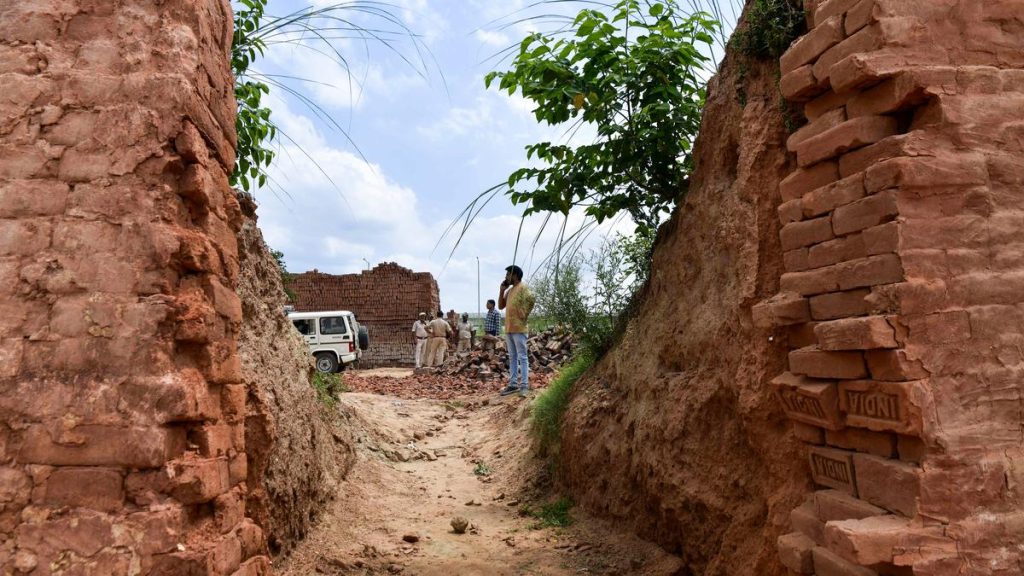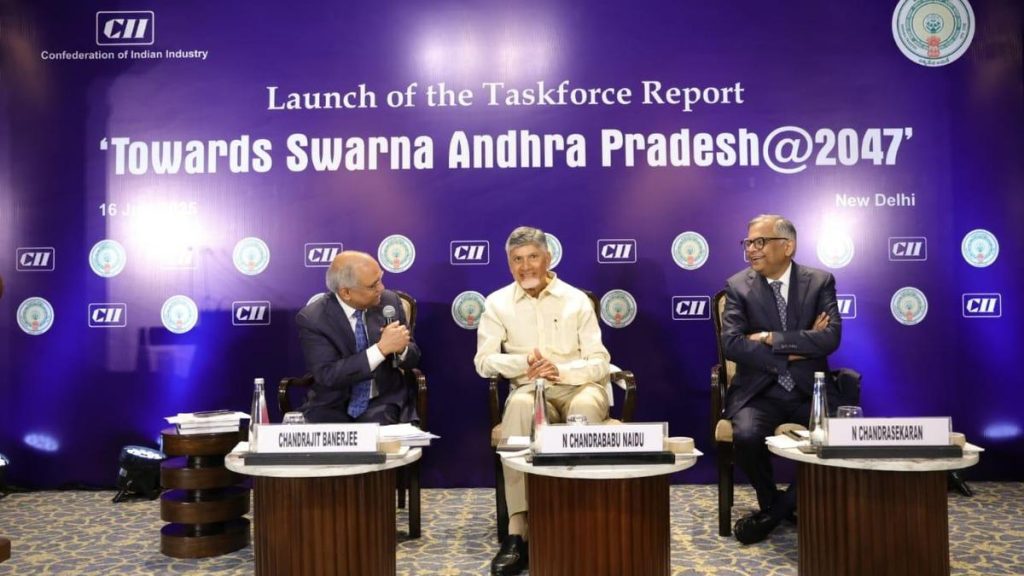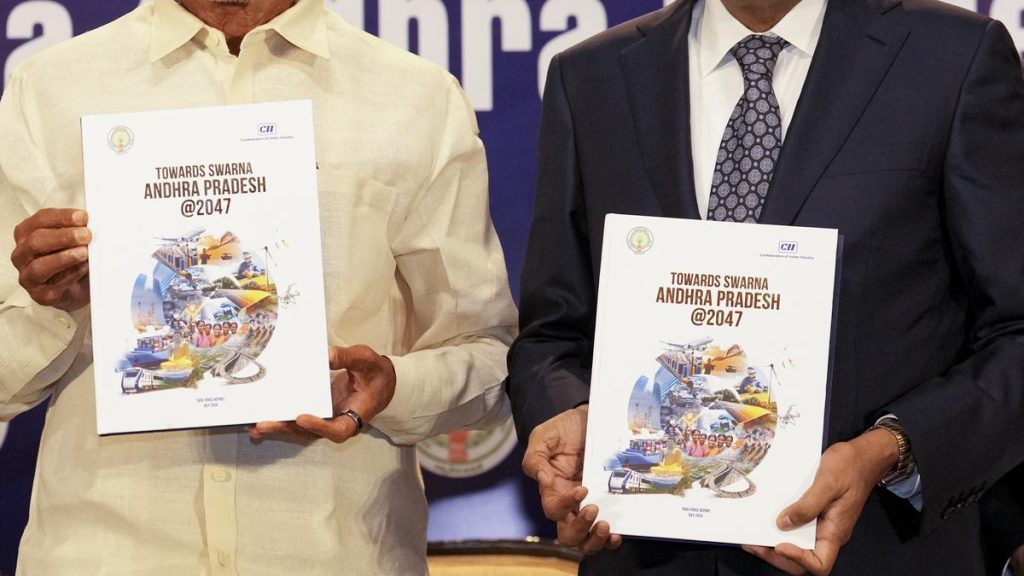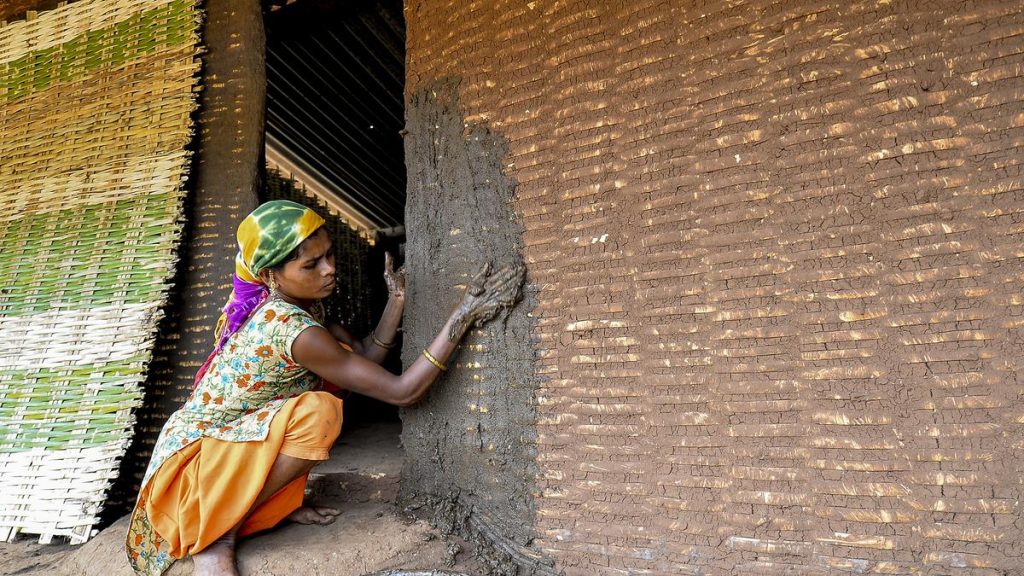Now Reading: Wearable Tech Offers Innovative Solution to Combat Heat
-
01
Wearable Tech Offers Innovative Solution to Combat Heat
Wearable Tech Offers Innovative Solution to Combat Heat

Quick Summary
- Experts predict a 370% rise in heat-related deaths and 50% increase in labor loss due to extreme heat globally.
- Technologies like wearable devices are being developed to monitor and warn about overheating risks.Examples include sweat patches and watches that track electrolyte loss, body temperature, or movement.
- The U.S. military has created advanced algorithms for predicting heat illnesses by tracking vital signs like heart rate and temperature, which are also being integrated into consumer products.
- Sony’s REON Pocket Pro cools the wearer using a metal plate, while startups like VigiLife offer devices measuring core body temperature for industrial workers. Early results show health benefits but adoption barriers remain high.
- Limitations of wearables: Devices might potentially be cost-prohibitive for vulnerable populations (e.g., farm workers), lack universal feasibility for monitoring internal body temperatures, and require critically important battery life or funding investments.
- Other innovations include algorithms fed by wearable biosensors tested on farm workers to potentially forecast heat illness using AI models.
Images:
- !1491290.jpg”>Unplanted field damaged by erosion amid a heat wave
- !2794019.jpg”>Overnight farm labor harvest operations under headlamps
Indian Opinion Analysis
The anticipated escalation of global heat-related deaths highlights India’s urgency as one of the countries facing acute direct impacts of extreme weather events driven by climate change, given its densely populated agricultural sector with outdoor-intensive jobs under scorching conditions.While wearable technologies present promising advancements for monitoring personal health risks during extreme temperatures-offering potential life-saving insights-they remain largely inaccessible or impractical tools for India’s vulnerable labor class due to high costs and operational limitations outlined in the article (battery drain issues or insufficient public availability). Additionally, implementing wearables can impose financial burdens without addressing root causes such as inadequate access to shade breaks or drinking water systems during peak work hours.
For India’s economy reliant on manual labor across agriculture or construction industries heavily exposed to climatic fluctuations, broader solutions must complement technological innovation-for instance-nationwide campaigns focusing on safety-driven regulations proactive enough similar device pilot schemes deployed commercially reducing casualty+cost Read More -> National Geographic Article])




























